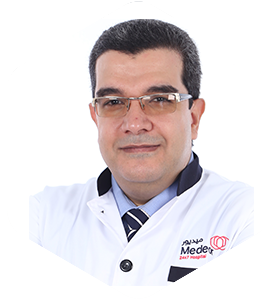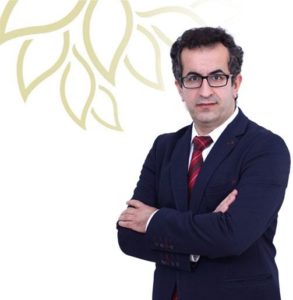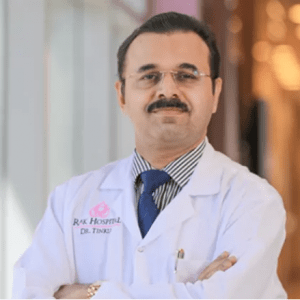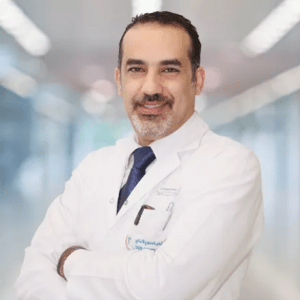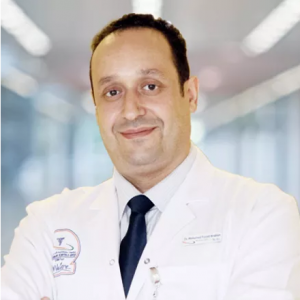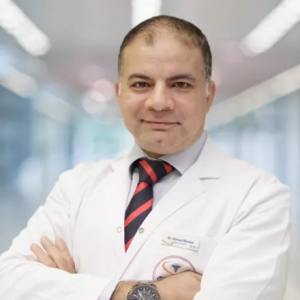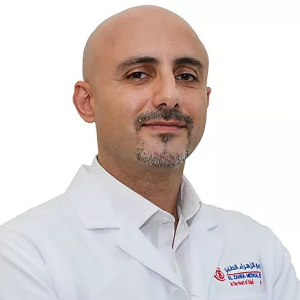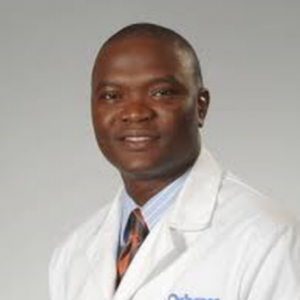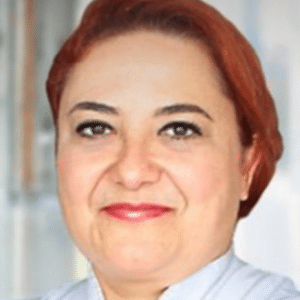Microcephaly
Microcephaly is a rare neurological condition, in which the head of a newborn is smaller than that of other babies of the same age and gender, or it is also when the head of a newborn stops growing after birth. Microcephaly can most times detected at birth. It can be congenital (from birth) or acquired […] Read More
Top Doctors For Microcephaly Treatments
Top Hospitals For Microcephaly Treatments
Microcephaly
- Physical Examination
- Your doctor will take a thorough prenatal, birth, and family history.
- He or she will do a physical scan or exam.
- He or she will measure the circumference of your baby’s head and compare it with a growth chart.
- He or she will remeasure and plot the growth at future visits.
- He or she will also measure the parents’ head sizes to determine whether small heads run in the family.
- Scanning (CT or MRI)
- Blood Test
- Speech
- Physical therapy
- Occupational therapy.
- Procedures For The Cranial Vault Remodeling.
- The doctor makes an incision along the baby’s scalp.
- The affected bone is removed.
- Bone is reshaped and replaced to allow for improved overall head shape and increased space for developing the brain.
- Procedures For Endoscopic Craniectomy.
- Incisions are made in a baby’s sleep.
- With an endoscope (a thin tube with a light), the doctor sees the inside of the scalp.
- The affected bone is removed.
- Guide remaining skull growth with a molding helmet.
- Less blood loss during the procedure.
- Smaller incisions are involved.
- Hospital stay is shorter, compared to the cranial vault remodeling; usually one night only.
- Certain infections during pregnancy, eg: rubella, toxoplasmosis, zika virus, cytomegalovirus, etc.
- Fever malnutrition.
- Exposure to harmful substances like alcohol, certain drugs, or toxic chemicals.
- Interruption of blood supply to the baby’s brain during development.
Symptoms
SYMPTOMS
Microcephaly is a rare nervous system condition that causes a baby's head to be small and not fully formed. There can also be no growth in the head size of the baby as it advances in age.
The primary signs and symptoms of a microcephaly child are:
- Head size significantly smaller than that of children of the same age and gender.
- A child's head not growing as it should, after birth.
- Some children have a head size too small, as it falls as low as the first percentile, while some with microcephaly fall significantly below average, possibly even below the first percentile for your baby's age and gender.
A child with severe microcephaly may also have a backward-sloping forehead. When you observe abnormalities in the size of your baby's head, please seek your family doctor.
Other symptoms of microcephaly include all of the below:
- Convulsions and seizures, encountered by the baby.
- Learning disabilities as the baby's ability to understand will below. Performance in academic work may be remarkably hindered and also hinder social interaction.
- Physical disabilities suffered by microcephaly patients. The growth rate might be abnormal.
- Hearing loss.
- Vision problems.
- Cerebral palsy.
Causes
CAUSES
Microcephaly often results from abnormal brain development which can take place in the womb or during infancy. Microcephaly may be genealogical. Other factors may also play the role in the development of microcephaly.
The causes responsible for microcephaly:
- Neurological abnormal brain development.
- Genetic mutation and abnormalities, e.g, Down syndrome.
- Craniosynostosis: This is a birth defect in which the bones in the baby's skull join together before the baby's brain is fully formed.
The skull is misshapen as the baby grows. Surgery is needed to separate the bones of the skull to allow the brain adequate space to grow and develop.
Fatal infection during pregnancy, e.g:
- Zika virus.
- Toxoplasmosis
- Cytomegalovirus
- German measles (rubella)
- Chickenpox (varicella)
- Chromosomal abnormalities like Down syndrome.
- Cerebral anoxia (decreased oxygen to the brain of the fetus can cause serious complications in pregnancy or delivery).
- Malnutrition during pregnancy, which can affect a baby's brain development.
- Effects of drugs, alcohol, or certain toxic chemicals on pregnancy. When a fetus is exposed to drugs and dangerous chemicals, it may begin having brain abnormalities and the likes.
- Phenylketonuria: This is also a birth defect. It causes amino acids to build up in the body. If this condition is not controlled, the baby's brain development may be affected negatively.
FAQ
Do all babies with Craniosynostosis need surgery?
When needed, a surgical procedure is usually performed during the first year of life. However, the surgery's timing depends on which sutures are closed, and whether the baby has one of the genetic syndromes that can cause Craniosynostosis. Babies with very mild conditions might not need surgery.
How common is microcephaly?
Microcephaly is a rare disease that has an estimate (given by researchers) of about one in every eight hundred to five thousand (1:800–5000) babies born with microcephaly in the United States.
At what age is microcephaly diagnosed?
Early diagnosis of microcephaly can be made by fetal ultrasound. Ultrasounds have the best ability to diagnose microcephaly if they are made around 28 weeks of pregnancy. Often, diagnosis is done at birth or a later stage.
Is the zika virus still a threat?
As of January 2020, there are no areas with a current zika outbreak. If you are pregnant, then you may want to reconsider travel, because of the virus's link to birth defects and complications.
Does a small head always mean microcephaly?
Microcephaly is a birth defect that makes a newborn's head smaller than expected when compared to babies of the same age and gender. However, we should not misdiagnose microcephaly for other disorders that may have similar symptoms to it, such as Craniosynostosis.

